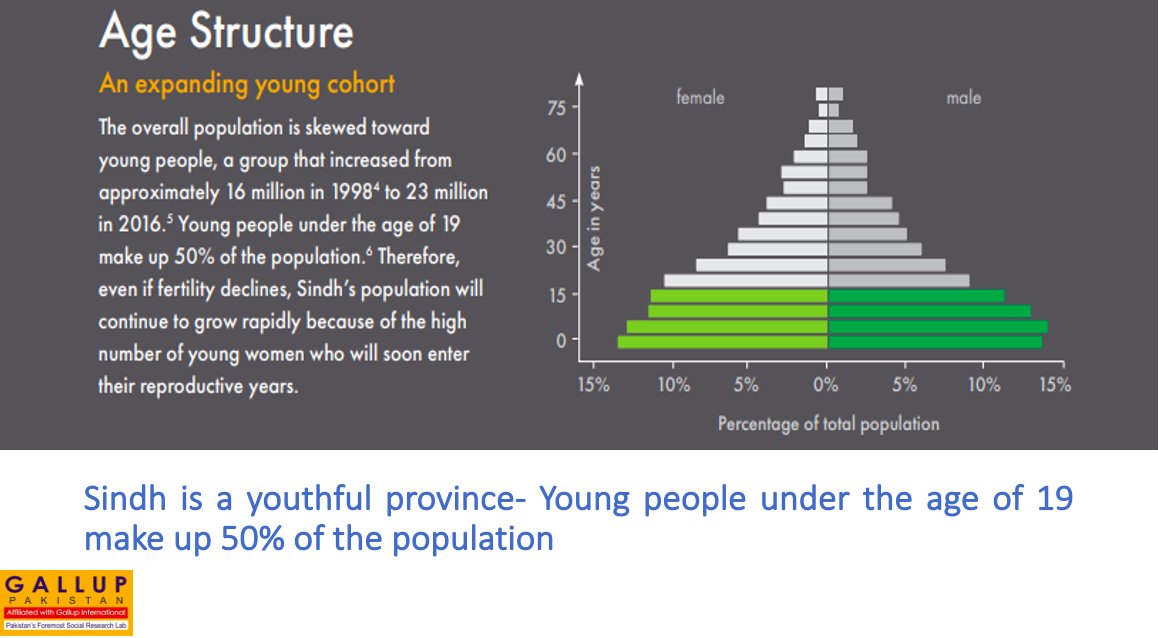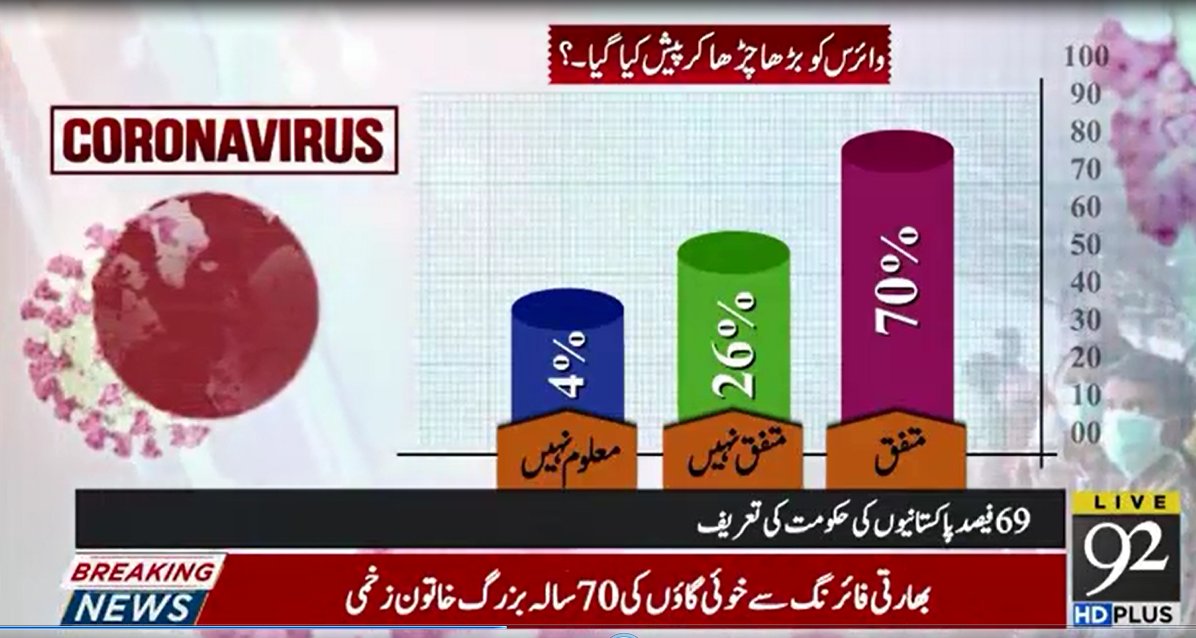"#COVID19 has made visible the differences between the rich and developed economies, vis-à-vis the poor and developing economies in terms of resources and how well they can manage this crisis" - @Daanish_n
Gallup Pakistan & @NDF_Pak Webinar 1.
@khansheharyar
Gallup Pakistan & @NDF_Pak Webinar 1.
@khansheharyar

"Systematic evaluation and measurement of government campaigns is a crucial instrument that is less often used in Pakistan. Survey results can potentially create an audience for such evaluations." - @bilalgilani
@NDF_Pak @khansheharyar
#CoronaVirusPakistan
@NDF_Pak @khansheharyar
#CoronaVirusPakistan
"Its important to understand that it’s a 'novel' coronavirus. We've not been subject to this before, and have no frame of reference for its potential impact. Public will get incremental pieces of information while its still being understood." -@fasi_zaka
@NDF_Pak @khansheharyar
@NDF_Pak @khansheharyar
"Digital exclusion of critical, marginalized communities like women in less developed regions, or transgender communities largely goes ignored when devising campaigns. Reliance on media given limited digital access needs to be reconsidered" - @simbalkh
@NDF_Pak @khansheharyar
@NDF_Pak @khansheharyar
"Intra provincial inequities are not reflected in surveys or polls. Polling should be disaggregated around regions and reflect more granular data specially in marginalized areas." -@simbalkh
@NDF_Pak @khansheharyar
@NDF_Pak @khansheharyar
"Its not just the public opinion, but power lobbies that play a greater role in influencing government decisions." - @simbalkh
@NDF_Pak @khansheharyar
@NDF_Pak @khansheharyar
"Vested interest groups have access to power echelons and should be considered as part of the elite given the power they hold." -@Daanish_n
@NDF_Pak @khansheharyar
@NDF_Pak @khansheharyar
"Economy wasn’t performing well prior to #COVID19, and the crisis has further risked the lives of the working class. Is the 'lives vs livelihood' narrative a fair framing of the issue? Should we have this trade-off?" -@Daanish_n
@NDF_Pak @khansheharyar
@NDF_Pak @khansheharyar
"Current government initiatives to mitigate the economic impact are inadequate. Better arrangements should have been made prior to the lockdown. Initiatives need to cater not only to those currently below poverty lines, but also those who are vulnerable."
@NDF_Pak @khansheharyar
@NDF_Pak @khansheharyar
Despite the realization that current economic systems failed to deal with such a crisis, it is unlikely that political and economic systems will radically shift to be more inclusive, or have more distributive policies in the future.
@NDF_Pak @khansheharyar
@NDF_Pak @khansheharyar
"Globalization and the interconnectivity of the world may be a casualty of this crisis given how quickly the threat was realized and spread across the world." - @bilalgilani
@NDF_Pak @khansheharyar
@NDF_Pak @khansheharyar
• • •
Missing some Tweet in this thread? You can try to
force a refresh


















